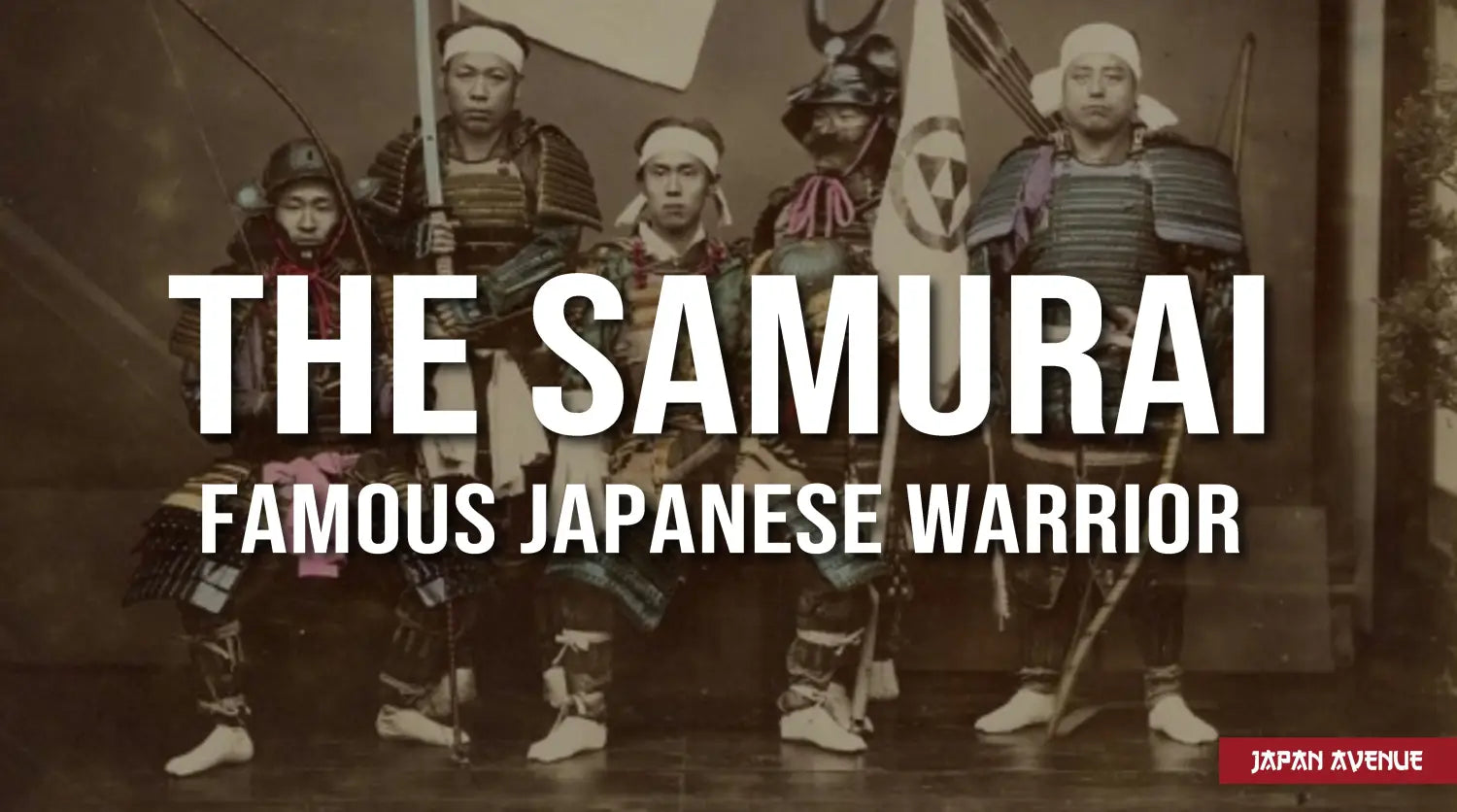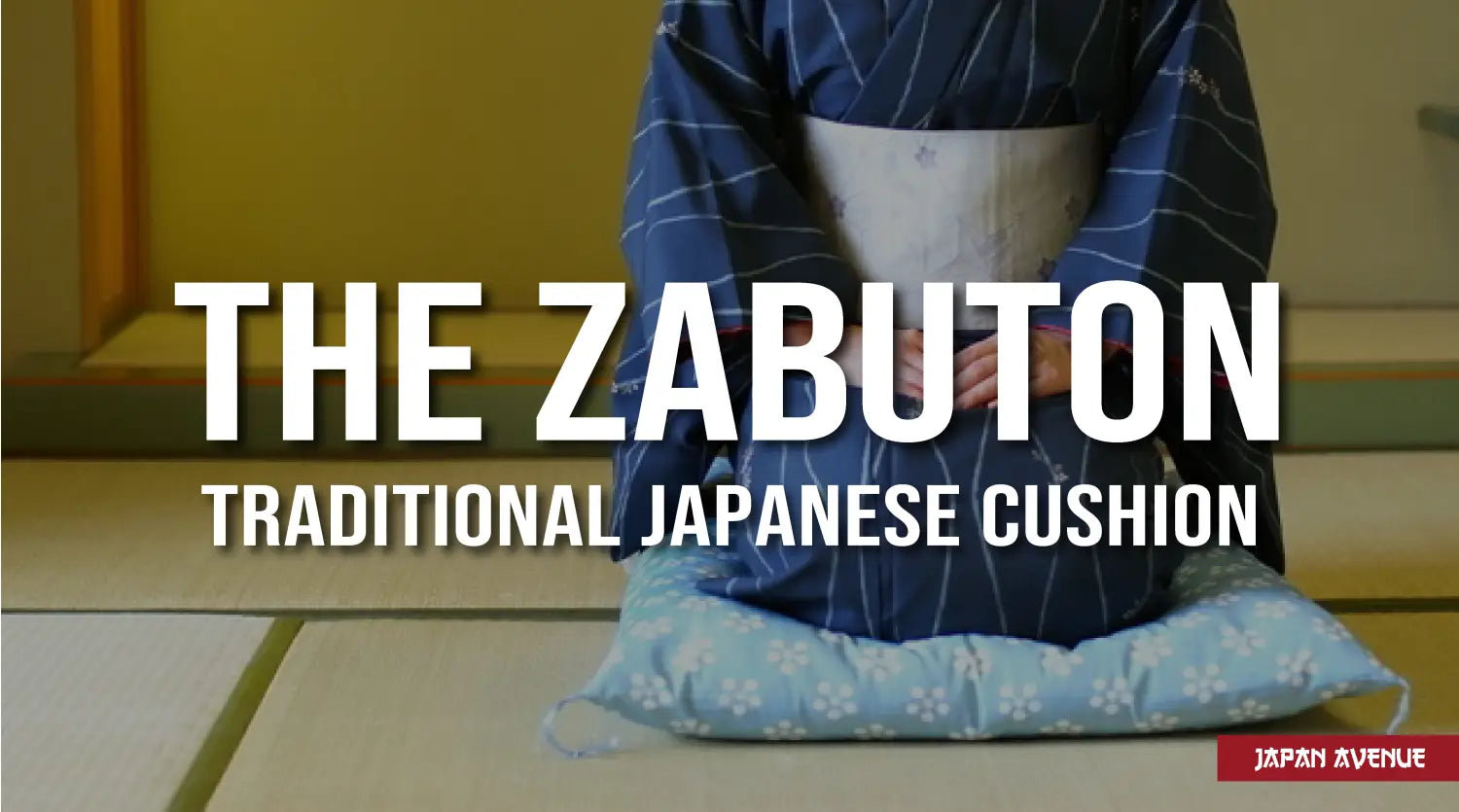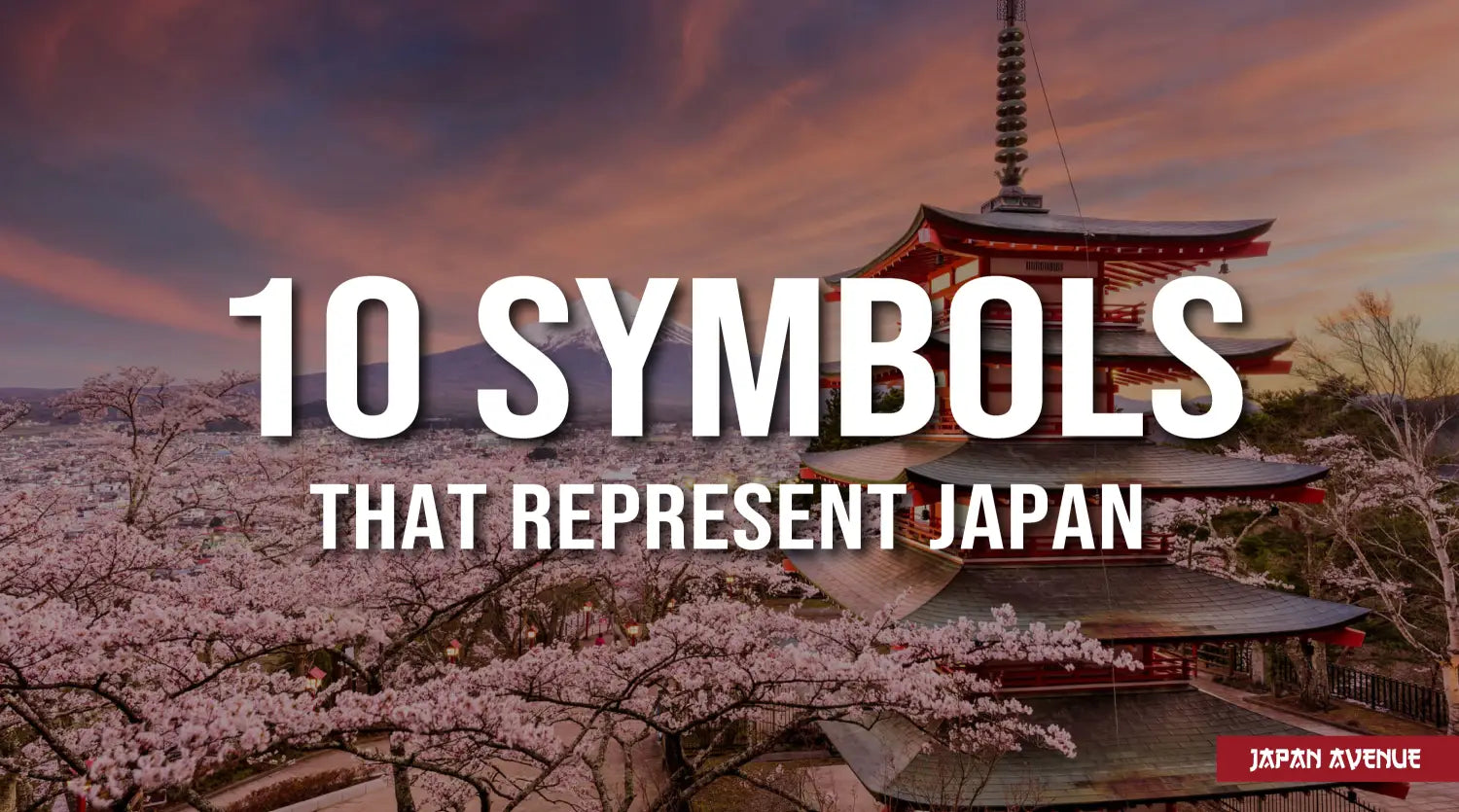Strongly rooted in the history of the archipelago, the samurai fears neither death nor suffering in order to serve his lord. Over centuries, the samurai has evolved to become an emblematic symbol of Japan.
The samurai (侍) was a Japanese warrior serving a great lord, known as the daimyo. Easily recognizable with his armor and katana, the samurai follows a strict code of honor, called Bushido or "the way of the warrior".
Did you know that this type of warrior has been trained in the art of combat since his childhood, making him a formidable fighter? Yet, the samurai is not just a simple fighter, he has a refined side and participates in the development of Japanese art. 🙃
The universe of the samurai is fascinating as its symbolism and its influence are very much present in Japanese culture. 👉 Through this article, you will learn all about the history, the training of the samurai and his role in Japanese society.
🧐 So, what is a samurai?

Samurai warriors in armor. Photographs by Kusakabe Kimbei (1880).
The word samurai literally means "one who serves". He is therefore a Japanese warrior in the service of a local lord, called the daimyō, during the feudal period.
In the Heian era, they were mostly peasants and craftsmen who, in times of war, fought at the command of the lords they were attached to, in exchange for rice 🍚. Not a very tempting deal! Moreover, their wealth was measured by the amount of rice (koku) they owned.
As time went by, the samurai joined the imperial court in order to receive intensive warrior trainings and become an outstanding fighter.
Did you know that there are various names to distinguish the different samurai? The rōnin, much disliked, were masterless warriors who did not belong to any clan. As for the hatamoto, he was a vassal of the shogun, a war general at the head of the country.
⚔ History: the reign of the Japanese samurai

Samurai of the Satsuma Clan. Photograph by Felice Beato (1868-1869).
If during the Heian era samurais were mostly seen as simple peasants or craftsmen, they became the warrior elite with the emergence of the shogunate. In the 12th century, the samurai became more powerful as the Minamoto clans and their opponents, the Taira, gradually took over the political power that had been held by the emperor and the court in Kyoto.
Minamoto's victory in the Genpei war marked the beginning of the Kamakura shogunate, or bakufu, a military dictatorship where samurais controlled the country. They had a hereditary status and social privileges that were only granted to the aristocracy. Followed by the shogunate of Muromachi and Tokugawa, this regime lasted nearly 700 years, until the Meiji restoration in 1868.
During this period, wearing a sword (katana) and an armor represented a form of prestige very much recognized in the samurai culture. This distinction gave birth to a new craft in the Land of the Rising Sun.
At the Sengoku era, around the 16th century, samurais obeyed one single law, that of being the strongest, causing fear among the inhabitants. They quickly rose to the highest rank and built many castles and dojos.
And then at the Edo era, they became civil servants of the State. Far from the barbarity of the past, a new and much wiser samurai appeared.
📜 Bushido, the code of conduct of the Japanese warrior

Thus, samurais sacrifice their life for their master... They should not be afraid to spill their blood... nor that of their opponents. They follow the hagakure, a book commonly used for warriors as a guide in their spiritual quest.
🤺 Samurai Education

Young samurai warriors. Photograph by Felice Beato (1800s).
Before becoming a samurai, a young boy received a very strict education, designed to toughen him up, starting at a very young age. Deprived of family contact at an early age, he joined a martial arts school where he received special conditioning that taught him to suppress his emotions and to fight. Thus, he was trained in bladed weapons, saber 🗡, warrior arts, wrestling, archery 🎯 and horseback riding 🏇 while indulging in self-control.
In addition to physical exercise, he was taught calligraphy and religious education to stimulate his mind. Little by little, the samurai learns that mistakes are more damaging than death.
Far from being fun, the samurai leads a life of sobriety and austerity in order to become a strong fighter. A bit traumatic all that, don't you think 😳 ?
🧘♀ Samurai women

Empress Jingu by Utagawa Kuniyoshi / Tomoe Gozen on her steed / Nakano Takeko, martial arts teacher and great warrior (1817-1868)
Although quite rare, women samurai, called onna-bugeisha, were also allowed to fight in order to protect their village, especially when there were not enough men to defend the territory. Just like them, they learned the art of combat 🤼♀ and equestrian archery, but they carry another weapon as well: the naginata, a shorter sword. Well yes, it was still necessary to mark men's superiority 😜
Among the emblematic figures of female samurai, we can mention the legendary empress Jingū who is said to have conquered Korea around the year 200. Later, during the Heian and Kamakura periods, some women were even at the head of several clans, although they probably had to endure the sexism of the time. Tomoe Gozen, for example, was the best example of a female captain during the Minamoto period.
🏹 Samurai weapons

Samurai in armor photographed by Felice Beato / 18th century samurai armor.
Samurai wears armor that protects them from head to toe.
The kabuto is a helmet with a visor and a menpo, a moustachioed mask supposed to scare the enemy. Some bushi nobles carry 2 horns, as a sign of distinction.
Their body is protected by a cuirass made of a mixture of steel and leather and covered with iron plates, especially at risk areas. The limbs are equipped with several protections designed to keep a good mobility during the fight.
Among the weapons of the samurai, we can mention the famous katana 🗡, a sword that only he could carry and which represented the soul of the warrior. The wakizashi, or the shorter blade with multiple uses, and the tantô, a small dagger that was used in particular for hara-kiri. In addition, the samurai commonly used the yumi, the Japanese bow and the yari, the spear.
🥋 The dissolution of the samurai order and the legacy

The character of Katsumoto, inspired by the story of Saigo Takamori, played by Ken Watanabe, in the movie The Last Samurai.
In the Meiji era, in 1868, the emperor took back the power, leading to the end of the feudal system and samurai privileges. A great number of them joined the noble class of shizoku, in order to keep some social advantages.
Little by little, samurais lost their nobility when they were forbidden to carry a sword in 1876 and their rents were abolished 💰. Some warriors turned towards other professions while others could not bear their new condition and revolted. The 1872 constituency to reform the army and the final Satsuma rebellion in 1877, which pitted the imperial government against the last samurai, marked their end.
These ancient warriors became the object of folklore in Japanese culture, resulting in the legacy of a story full of bravery such as in The Last Samurai, Edward Zwick's successful movie. These fighters left their mark on the minds of the archipelago's inhabitants forever. Even today, the bushido and moral values of the samurai still influence Japanese society as we know it. This philosophy remains deeply rooted in Japanese martial arts and in the mentality of the elders. The sense of duty and honor, which are very important in Japan, have their roots in the heritage of these heroes of the past.




